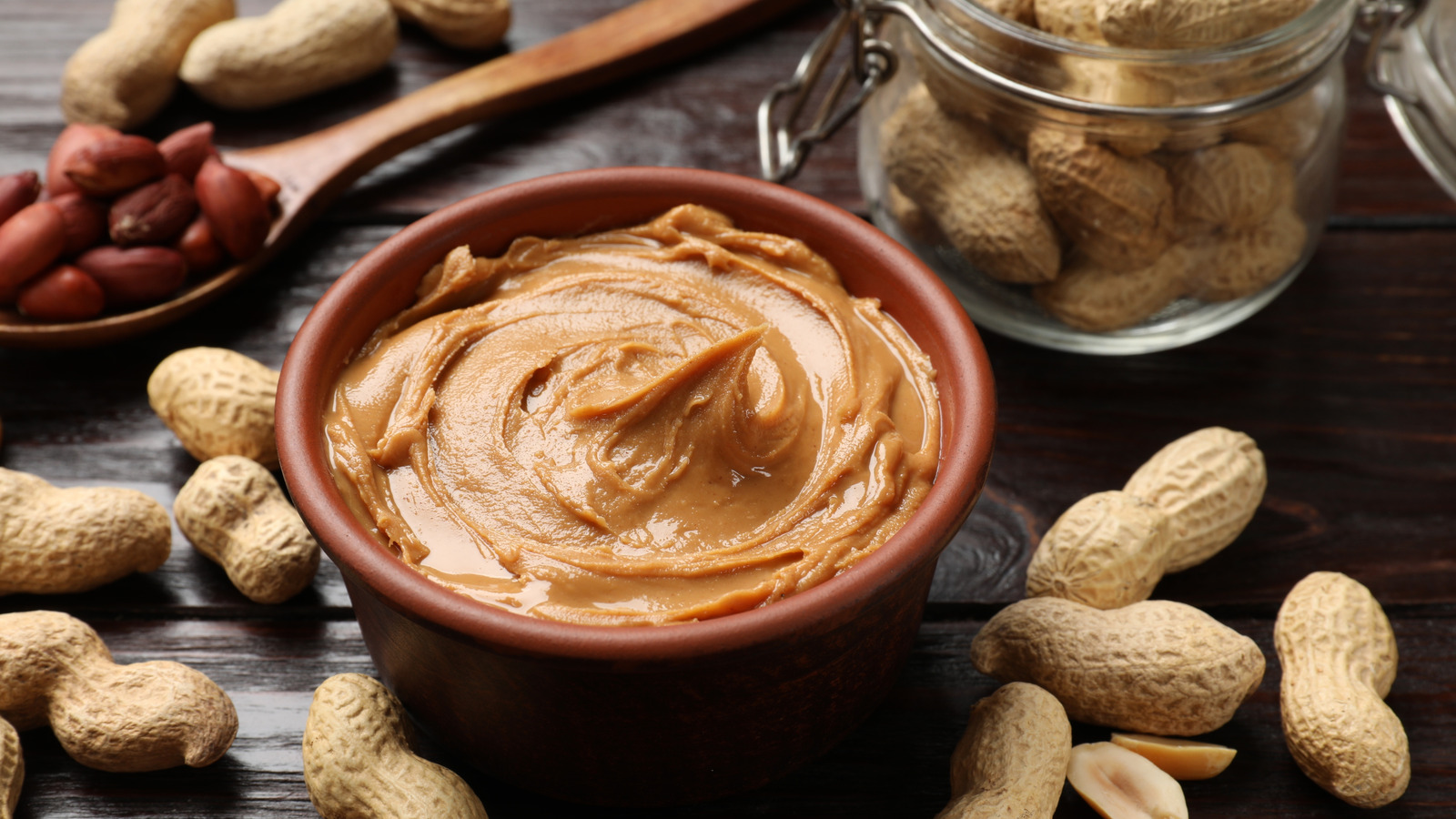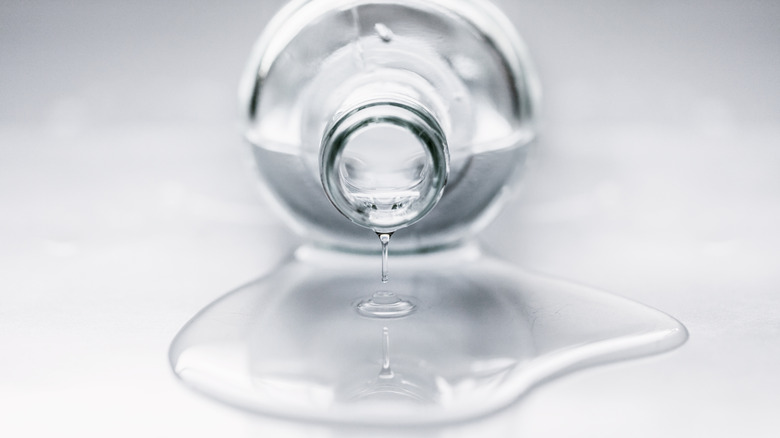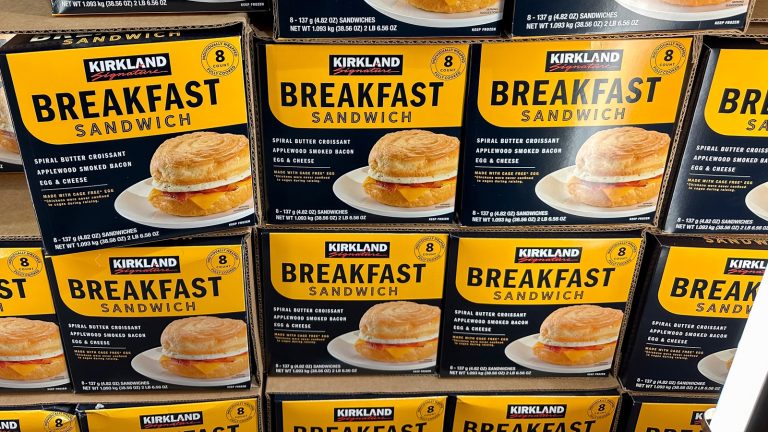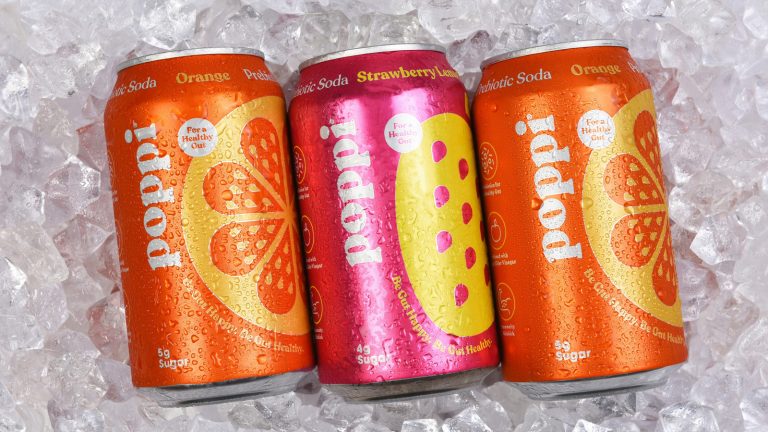Peanut butter is meant to be thick and sticky. So when you get one of those jars that’s a bit runny, you can’t help but wonder if something is wrong with it. And when you buy or make a jar of all-natural peanut butter, meaning it doesn’t contain any of the fully hydrogenated oils that manufacturers add to keep it thick and creamy, the problem gets even worse.
As it turns out, the runny peanut butter problem isn’t an issue of buying the right brand (though there are brands some you will probably want to avoid for other reasons). It’s actually caused by a lack of those hydrogenated oils, which work as emulsifiers and keep the paste from separating and turning watery. But rather than toss the runny peanut butter and buy a different jar, there is actually an incredibly easy way to thicken it using a basic ingredient every kitchen has: water. Sounds counterintuitive, right? We usually turn to water when food is too thick. As it turns out, adding water to peanut butter is a simple hack that works like a charm, and it’s totally rooted in science.
Think of your mouth as a science lab: It’s full of moisture, and peanut butter is full of globular proteins that are released when the legumes are crushed during production. When those proteins come into contact with moisture (in this case, saliva) and agitation occurs (in this case, chewing), the globular proteins are activated and begin to swell, which thickens the paste. When you add water to thin peanut butter and stir it up, you’re creating the same effect, resulting in a thicker, stronger spread that sticks to things like bread and crackers rather than sliding right off.
Water to the rescue
You’ve probably heard some pretty outrageous myths about peanut butter that turned out to be false (it doesn’t actually stop hiccups, for example). But if you aren’t sure what’s causing commercial peanut butters like Jif or Skippy to turn watery, we can help. While all-natural peanut butters have a clear-cut reason for the change, peanut butters enhanced with fully hydrogenated oils that act as emulsifiers can still turn watery. Common culprits are excessive exposure to heat or letting the peanut butter sit uneaten for too long. This doesn’t mean it’s gone bad, but if it smells off or is past the expiration date, toss it and start fresh. Otherwise, add some water and stir away.
The downside of using water to thicken up your peanut butter is that you can actually make it too dense if you add too much. If you make this mistake, simply use a jar of natural peanut butter for inspiration. These pastes are nothing but peanuts, which means that the natural oils from the legumes will separate from the pureed nuts themselves. If these components separate, you’ll have to stir them to reincorporate them (failing to do so is one of the mistakes people often make with peanut butter). Once you do, you’ve got a nice smooth butter with the perfect consistency for spreading, eating off a spoon, and more. If you over-emulsify your peanut butter with water and over-stirring, you can simply create this same effect by adding a bit of oil and stirring it in to evenly distribute it. Voila! Your peanut butter is ready to go.






